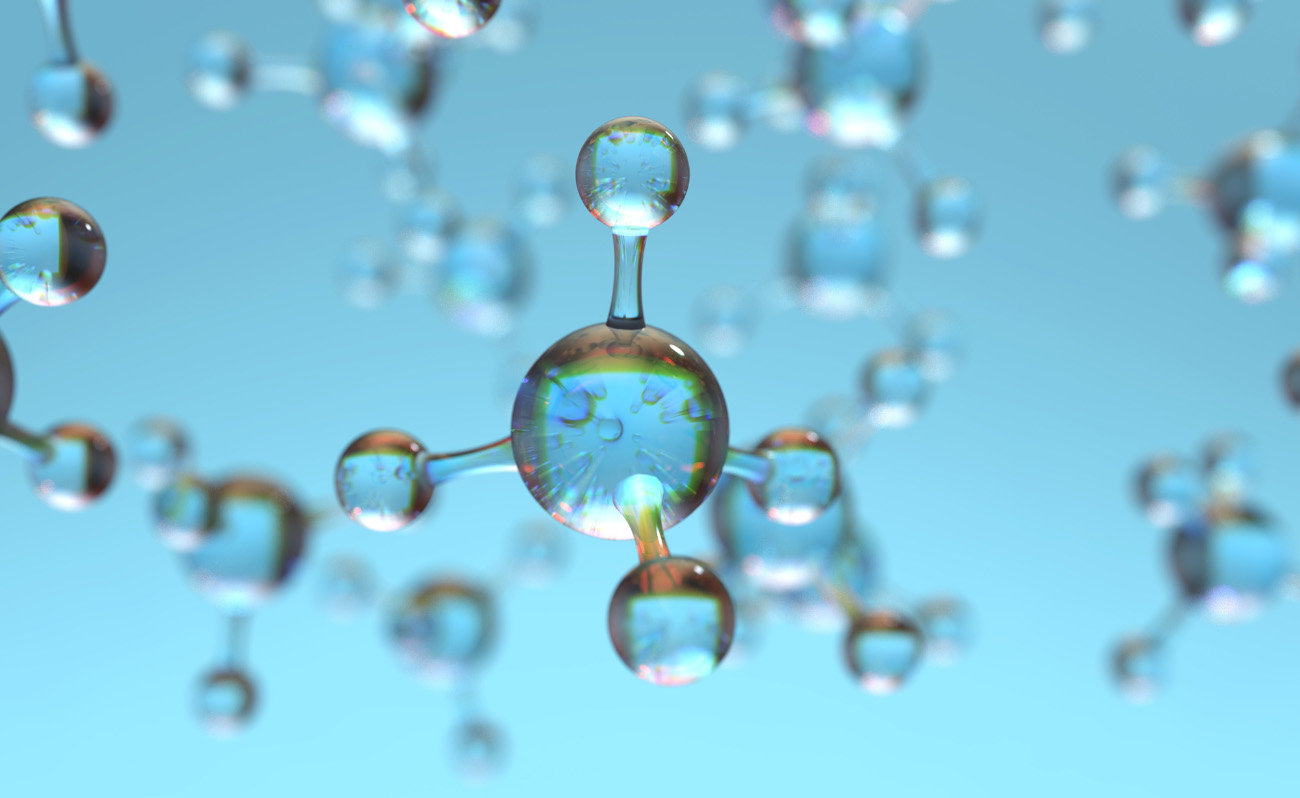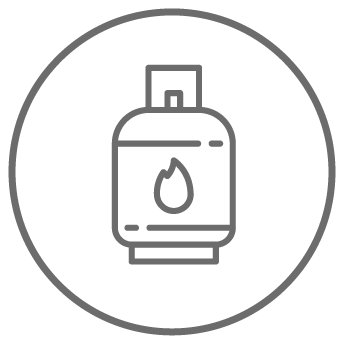Hydrocarbons - An overview of these gases

Hydrocarbons produced and sold by Settala Gas mainly belong to the refrigerant category and include R290 Propane, R600a Isobutane, R1270 Propylene. There are other hydrocarbons, which contain mixtures of these substances and are always used as refrigerants.
Use of propane from the 1980s to today
Since the late 1980s, propane has been used in the refrigeration industry as a viable substitute for CFCs, particularly R22 (HCFC). This is a gas with high flammability and similar properties to R22 and has been adopted as a replacement for R134a, R22 and R404A in a large number of household appliances.
It is, however, a later use than isobutane (R600a), which was first used in household appliances in several parts of the world at the beginning of the CFC phase-out.
General Hydrocarbon Characteristics and Safety
Hydrocarbons have excellent thermodynamic properties and therefore are equal or better refrigerant gases than HCFs or HCFCs in most uses and applications. In terms of safety, hydrocarbon gases should be handled with care because they are highly flammable and if used responsibly find use in refrigeration and air conditioning systems.
To ensure safety, the use of hydrocarbons follows different regulations at international, national and regional levels. However, these gases are only at risk of explosion if their concentration is not within the flammability limits and safety regulations are evolving rapidly to make the best use of the potential of these refrigerants. To date, the reference standards are IEC 60335-2-40, IEC 60335-2-89, ISO 5149 and EN378.
In any case, if these regulations are followed, even in the event of a hydrocarbon gas leak, there is no risk of fire, and any safety precautions depend on the refrigerant charge. Since almost all hydrocarbons are non-toxic, the highest safety risk is flammability. In some cases, however, being heavier than air hydrocarbon gases take its place in the lungs with risks to the human body.
Additional properties of hydrocarbon gases
Hydrocarbons belong to the group of natural refrigerants and have zero ODP and negligible GWP. In general, hydrocarbons are a by-product of the petrochemical industry. Let us look at the main characteristics of these gases:
- Pressure and temperature: The refrigeration properties of hydrocarbons, such as pressure, pressure ratio and discharge temperature, are very similar to those of HCFCs or HFCs
- Chemical characteristics: Hydrocarbons are the only category of organic compounds without a functional group; in fact, they are composed only of hydrogen and carbon atoms
Typical hydrocarbon applications
Settala Gas specializes in the production, transportation and selling of hydrocarbon gases with different domestic and industrial applications, including aerosols, food-packaging, refrigeration, chemical, automotive and pharmaceutical industries and more. Certainly, the most common application of these gases is in the field of refrigeration and in this regard, hydrocarbons are found in:
- Domestic refrigerators and freezers
- Bottle coolers
- Ice cream counters and commercial freezers
- Commercial Chillers
- Beer Coolers
- Beverage dispensers
- Dehumidifiers
- Heat pumps
- Refrigeration in supermarkets (combined with secondary cooling or as a high temperature stage in a cascaded CO2 system)
- Small air conditioners
The other line of hydrocarbons offered by Settala Gas is PURIFOOD, a complete range of food grade hydrocarbon gases, all certified, helping you to create healthier products and keeping you up to date with regulations.
Contact us for more information!




